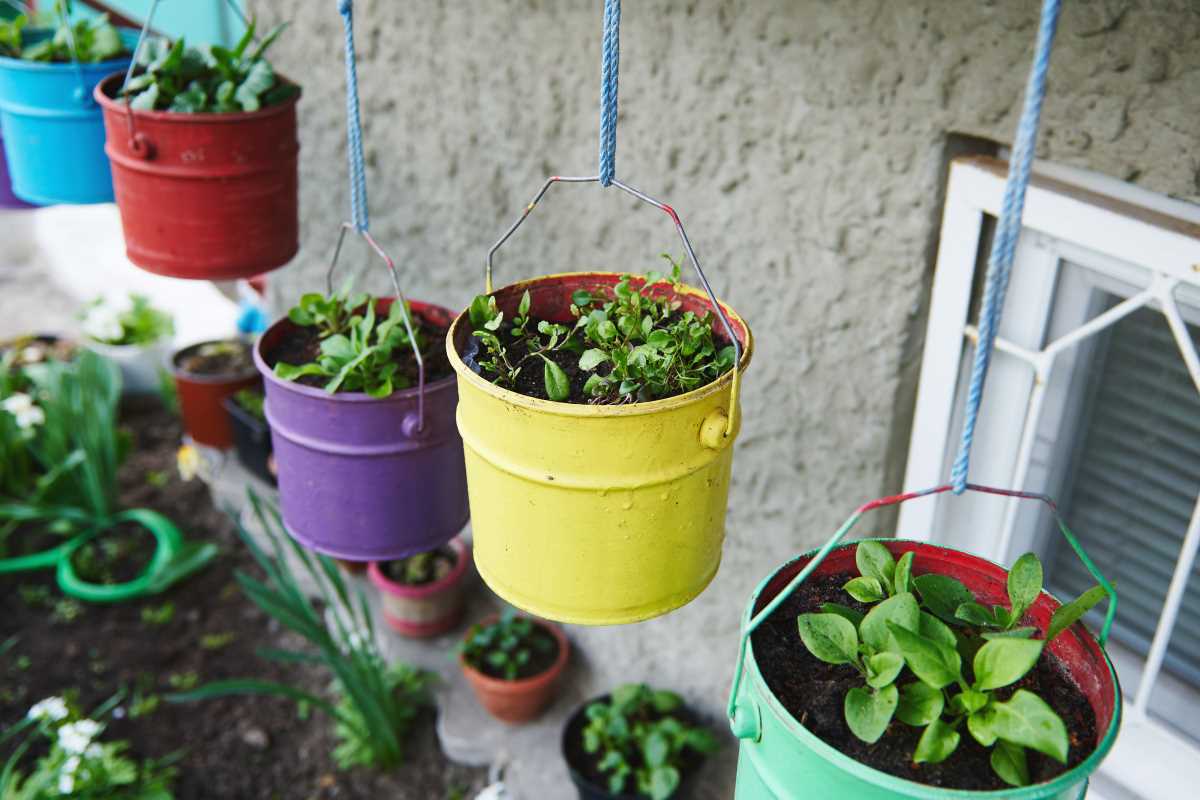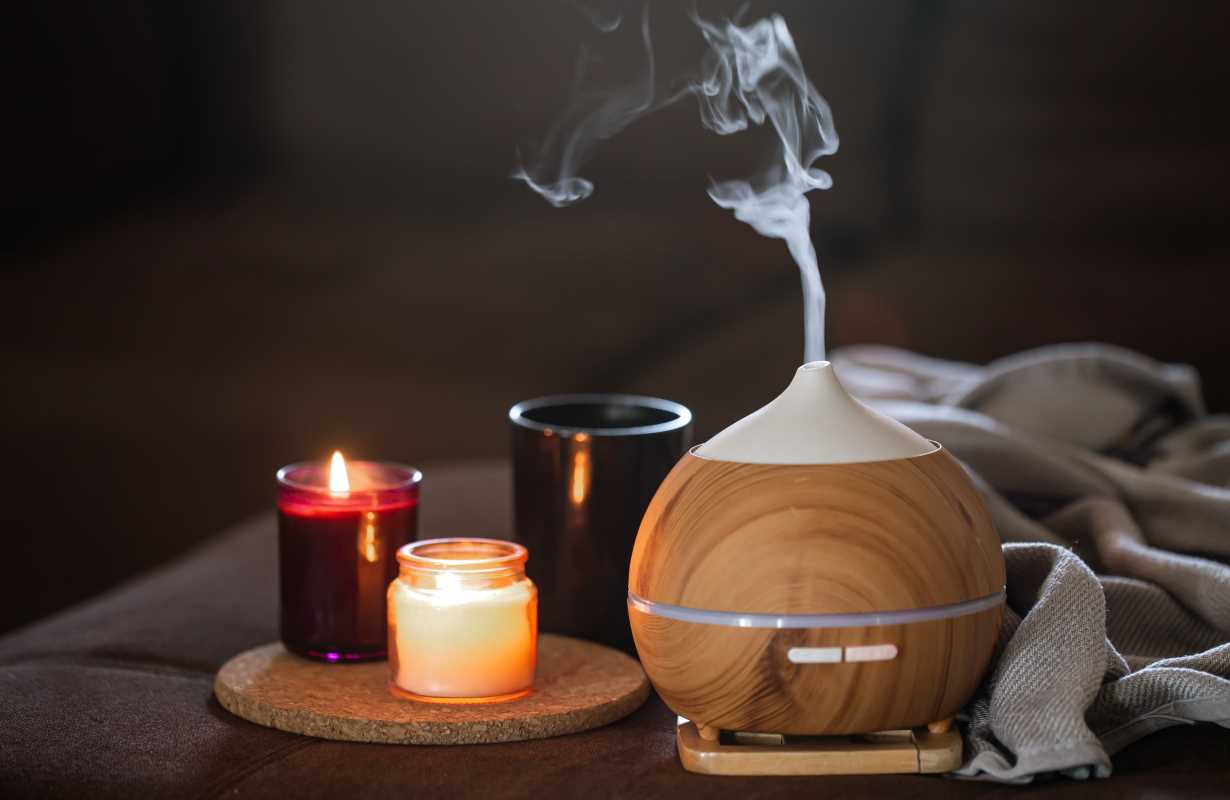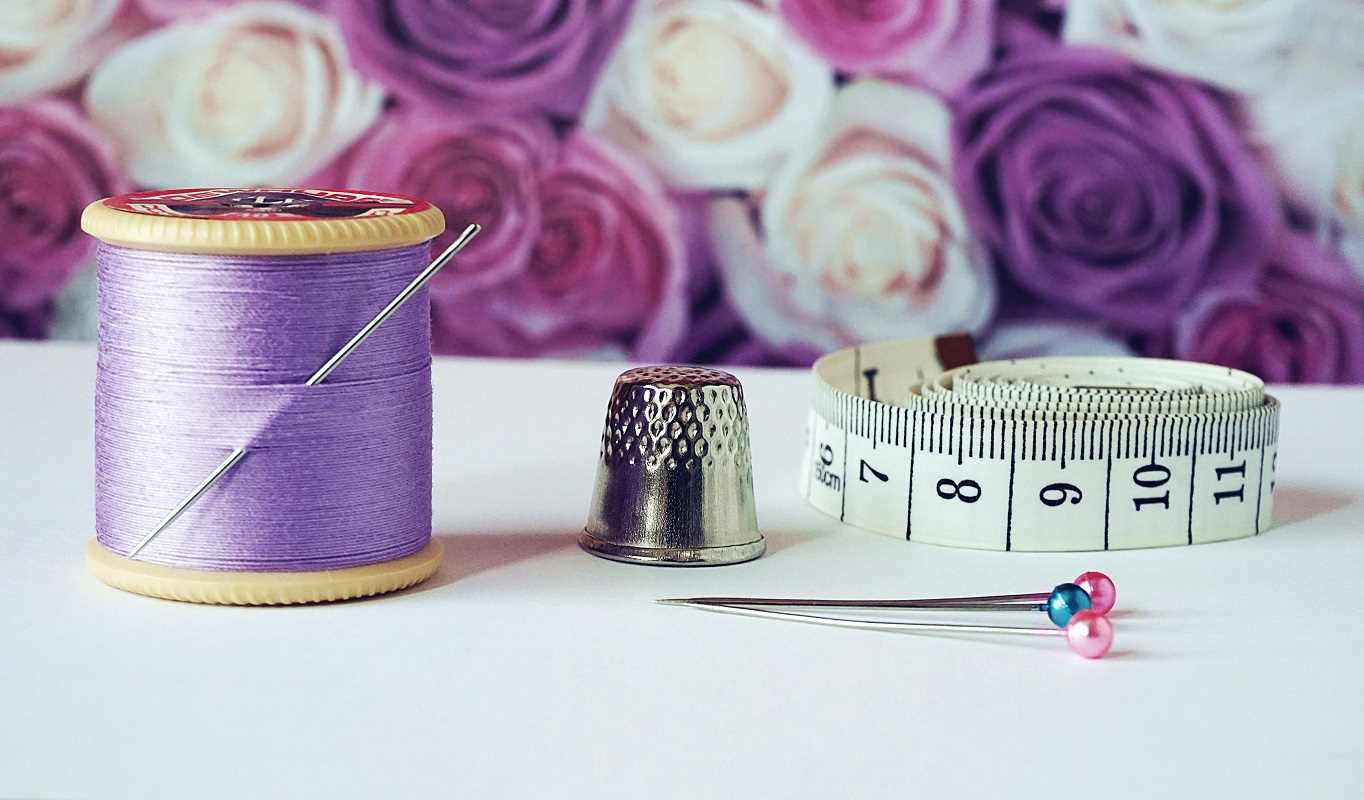Imagine stepping into your garden, brushing your hand across a sprig of rosemary, and breathing in its soothing scent. Or plucking fresh basil leaves to add to your homemade pasta sauce. A spice garden is a source of sensory delight, offering vibrant flavors for cooking and calming aromas for relaxation. Creating a spice garden isn’t just about growing plants – it’s a way to elevate your culinary adventures and support your well-being.
Whether you’re working with a backyard, a small balcony, or a sunny windowsill, starting a spice garden is within reach. Here’s how to cultivate an aromatic and flavorful oasis that adds joy to your everyday life.
Why Start a Spice Garden?
A spice garden is a gift that keeps on giving. Here’s why it’s worth starting one for yourself:
Fresh Flavor at Your Fingertips
- Nothing compares to the taste of fresh herbs and spices in your cooking. Homegrown basil, thyme, or mint can turn an ordinary dish into something extraordinary. Plus, you’ll have the satisfaction of knowing exactly where your ingredients come from.
Aromatherapy for Relaxation
- Spices and herbs don’t just tantalize taste buds; they also calm the mind and lift the spirit. Plants like lavender and rosemary release soothing aromas that can transform your home into a tranquil retreat.
Accessible and Cost-Effective
- Buying fresh herbs at the grocery store can be expensive, and they often wilt before you use them all. With a spice garden, you’ll have a sustainable, budget-friendly supply of flavor and scent.
Connection to Nature
- Caring for plants fosters mindfulness and connection with the natural world. Even a small spice garden can bring a slice of green serenity into your home.
Choosing Spices for Your Garden
When selecting plants for your spice garden, think about your cooking habits and relaxation needs. Some versatile and beginner-friendly options include:
1. Basil
- Uses: Basil is a staple in Italian cooking, perfect for pesto, salads, and pasta sauces. Its sweet, peppery aroma is also uplifting and energizing.
- Growing Tip: Basil loves sunlight, so ensure it gets 6-8 hours of direct light daily. Regularly pinch off flower buds to encourage leaf growth.
2. Mint
- Uses: Mint adds a fresh kick to teas, desserts, and savory dishes like tabbouleh. It’s also excellent for calming the senses when crushed or steeped in hot water.
- Growing Tip: Mint can be invasive, so plant it in a container to avoid it overtaking your garden.
3. Rosemary
- Uses: Rosemary’s robust, pine-like flavor enhances roasted meats, vegetables, and breads. Its earthy scent promotes focus and relaxation.
- Growing Tip: Plant rosemary in well-drained soil and water sparingly, as it thrives in dry conditions.
4. Lavender
- Uses: Lavender’s floral aroma can be used in sachets, bath salts, or as an essential oil for relaxation. It also pairs beautifully with baked goods like cookies and cakes.
- Growing Tip: Lavender prefers full sun and slightly sandy soil. Prune it annually to maintain its shape and promote blooms.
5. Thyme
- Uses: Thyme is a versatile herb that complements meat, soup, and vegetable dishes. Its subtle, savory scent is grounding and calming.
- Growing Tip: This hardy plant does well in small spaces and thrives with minimal care, requiring regular sunlight and careful watering.
6. Cilantro
- Uses: A favorite in Asian, Middle Eastern, and Latin cuisines, cilantro adds a bright, citrusy note to salsas, salads, and curries. Its seeds (coriander) are also aromatic.
- Growing Tip: Cilantro prefers cooler weather, so plant it in spring or fall for the best results.
Planting Your Spice Garden
Once you’ve chosen your spices, it’s time to bring your garden to life. Here’s a step-by-step guide to get started:
1. Find the Right Spot
- Look for an area with plenty of sunlight, as most herbs and spices thrive with 6-8 hours of light daily. If growing indoors, place pots near a south-facing window or under grow lights.
2. Choose Containers or Beds
- If you’re short on space, opt for pots or containers with drainage holes. Raised garden beds are ideal for outdoor gardens and provide good soil control. Group plants with similar water and sunlight needs.
3. Prepare the Soil
- Use well-draining, nutrient-rich soil. Mix in compost to boost fertility. Herbs like lavender and rosemary enjoy sandy soil, while mint and basil prefer richer soil.
4. Plant with Care
- Follow spacing instructions on seed packets or plant labels to ensure healthy growth. Gently water the soil after planting to settle the roots.
5. Label Your Plants
- Labeling helps you keep track of your herbs, especially when they look similar as seedlings. Use small wooden stakes or write on pots for easy identification.
6. Water Wisely
- Overwatering is one of the most common mistakes in gardening. Check the soil regularly and water when the top inch feels dry. Avoid letting water pool around the roots.
Caring for Your Spice Garden
A thriving garden requires regular attention, but the care process can be wonderfully therapeutic. Here are some basic tips to keep your spices happy:
- Prune Regularly - Trim your herbs frequently to encourage growth and prevent woody stems. Pruning also prevents herbs like basil and cilantro from flowering too early.
- Fertilize Sparingly - Use organic fertilizers like compost or slow-release pellets. Over-fertilizing can lead to overly leafy plants with less flavor.
- Watch for Pests - Check your herbs for common pests like aphids or spider mites. Remove them with a spray of water or an organic insecticide.
- Harvest - Harvest herbs in the morning when their oils are most concentrated. Use sharp scissors to avoid damaging the plant.
Bringing Your Garden to Life in the Kitchen
Fresh spices are a game-changer in cooking, enhancing both flavor and aroma. Here are some ideas for putting your herbs to good use:
- Basil Pesto: Blend fresh basil leaves with olive oil, garlic, pine nuts, and Parmesan for a homemade pesto that pairs beautifully with pasta or roasted veggies.
- Mint Tea: Steep mint leaves in hot water for a refreshing drink that aids digestion. Add honey for a touch of sweetness.
- Rosemary Roast Potatoes: Toss potato wedges with olive oil, fresh rosemary, and garlic, then bake until golden and fragrant.
- Lavender-Infused Honey: Add culinary-grade lavender to a jar of honey. Use it to sweeten tea, drizzle over desserts, or as a topping for bread.
- Thyme Butter: Blend softened butter with chopped thyme leaves and a pinch of salt. Spread on warm bread or melt over grilled steak.
Using Your Garden for Aromatherapy
Beyond cooking, your spice garden can be a source of pure relaxation. Here’s how to use it for aromatherapy:
- DIY Sachets - Dry lavender and rosemary, then bundle them in small fabric sachets. Slip them into drawers or pillows for a natural, calming scent.
- Herbal Steams - Add mint, thyme, or rosemary to a bowl of boiling water. Lean over it with a towel to create a fragrant steam that clears the mind and supports respiratory health.
- Calming Bath - Fill a muslin bag with dried lavender or mint, then toss it in a warm bath. The aroma will soothe your senses and soften your skin.
- Room Spray - Combine essential oils of your favorite spices with water and a bit of witch hazel. Spritz it around your home for a refreshing, natural fragrance.







